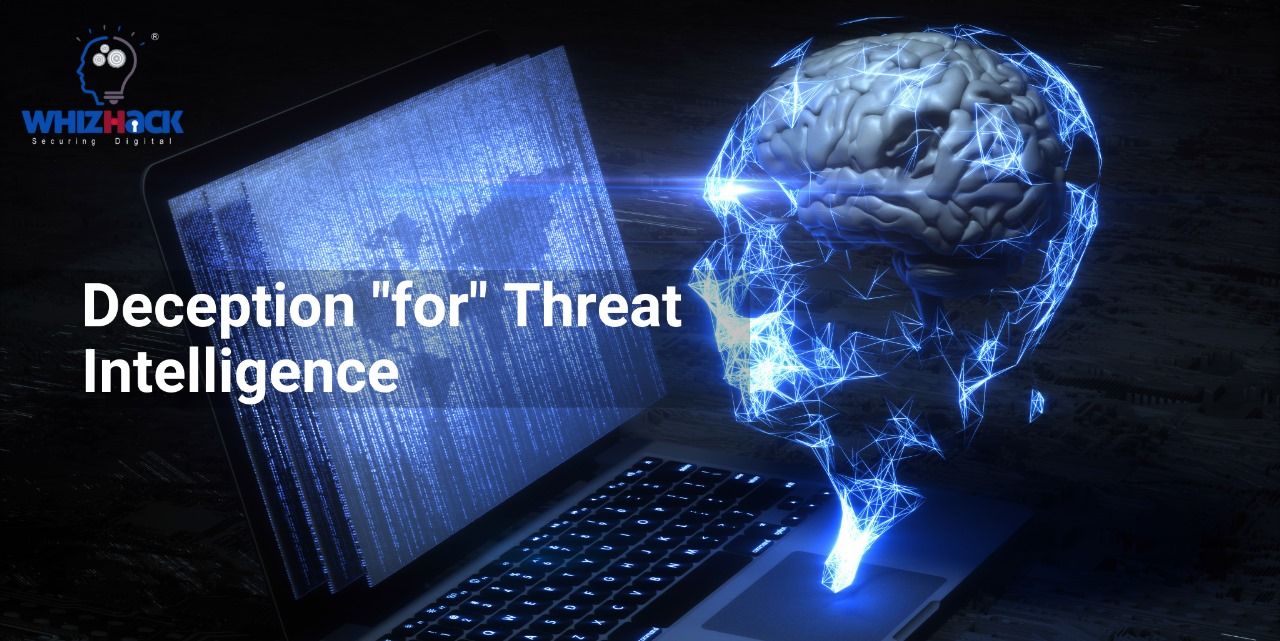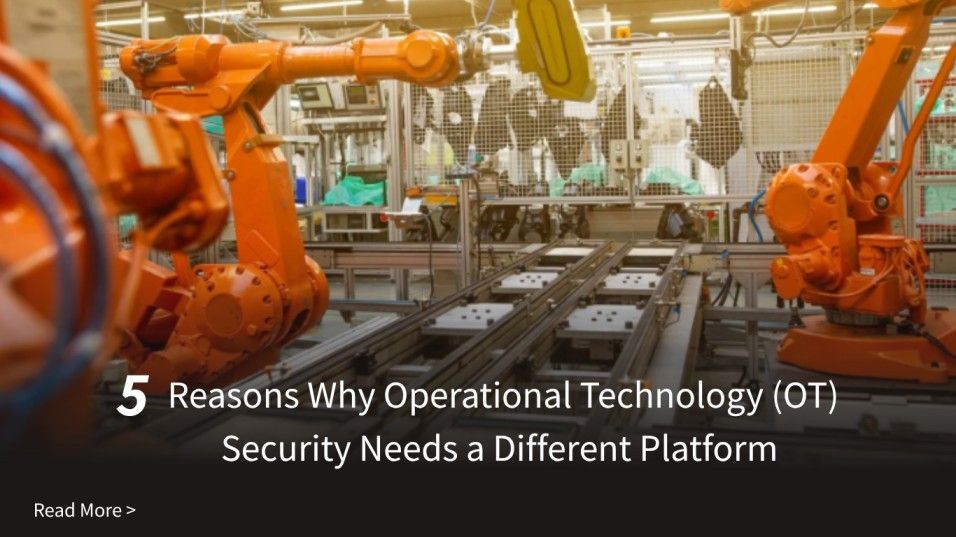In our hyper-connected world, cyberattacks have become a pervasive threat, causing significant harm to individuals, organizations, and even nations. Despite substantial investments in perimeter security, cybercriminals often find ways to breach defenses. Enter deception technology, an innovative strategy that uses decoys and lures to mislead attackers, tricking them into exposing their tactics and motives. This proactive approach not only detects threats early but also turns the tables on cyber adversaries. This blog post discusses the multiple advantages of using an integrated cybersecurity solution, as well as its effectiveness in combating changing cyber threats.
The Historical Roots of Deception
The art of deception has deep historical roots. Military strategists like Chanakya, Sun Tzu, Napoleon, and Genghis Khan leveraged deception, camouflage, and subterfuge to achieve their military objectives. Sun Tzu, in his seminal work "The Art of War," famously stated, "All warfare is based on deception." These ancient principles are highly relevant to modern cybersecurity, where deception technology shifts the burden of success onto the attacker rather than the defender.
How Deception Technology Works
Deception technology populates networks with decoy assets designed to lure attackers into revealing themselves. Unlike traditional security measures, which require defenders to identify and stop every threat, deception forces attackers to navigate a minefield of traps and fake assets. Any mistake by the attacker results in immediate detection, giving defenders a significant advantage.
Enhanced Threat Detection
One of the most notable benefits of deception technology is its enhanced threat detection capabilities. Unlike signature-based detection or behavior analysis, deception alerts are highly accurate and cover a broad range of threats.
Deception technology can be deployed across an organization, including in areas often overlooked, such as SCADA/ICS, IoT, and cloud environments. It effectively monitors the entire attack lifecycle, from initial reconnaissance to exploitation, lateral movement, and data exfiltration.
Minimized False Positives and Contextual Intelligence
Deception technology stands out for its low rate of false positives. Alerts generated by deception systems provide valuable context about the attacker’s intent, giving defenders crucial early warnings. This allows for a more informed and timely response.
Additionally, deception technology enables real-time orchestration of defensive measures, allowing defenders to adjust the deception environment based on the latest intelligence about an ongoing attack.
Case Study: WannaCry Ransomware
The infamous WannaCry ransomware attack in 2017, which affected over 200,000 computers across 150 countries, highlights the significant potential of deception technology in mitigating large-scale cyber threats.
WannaCry exploited a vulnerability in Microsoft Windows, rapidly spreading through networks and causing severe disruptions in sectors such as healthcare, telecommunications, and logistics. Deception technology could have played a crucial role in mitigating this attack by deploying decoy systems that mimic vulnerable assets, luring the ransomware into isolated environments.
Organizations could have used this intelligence to patch vulnerabilities, isolate affected network segments, and prevent further spread, thereby significantly reducing the impact of the ransomware.
The Strategic Advantage of Deception Technology
Deception technology is an indispensable tool in contemporary cybersecurity. By capitalizing on the attackers’ lack of complete knowledge about the target environment, defenders can reverse the power dynamics. Deception technology offers a strategic advantage, providing clear insights into what attackers are targeting, why they are targeting it, and how they plan to execute their attacks. In a world where cyber threats are constant, deception technology stands as a robust line of defense, ensuring organizations stay one step ahead of malicious actors.
Stay Ahead with WhizHack Technologies
WhizHack Technologies provides cutting-edge cybersecurity solutions tailored to address the particular difficulties encountered by different industries. Using cutting-edge deception technology, our TRACE (Threat Reconnaissance and Classification Engine) tool outwits cyber attackers.
By developing lifelike decoy materials and applying advanced behavioral analysis with DISS, DPI, and other methods. TRACE enables enterprises to proactively identify, evaluate, and address cyberthreats.
The environment of cybersecurity is becoming more dynamic and complicated, especially for industries. Organizations may successfully defend their vital infrastructure and prevent cyber-attacks by establishing rigorous cybersecurity measures, creating strategic alliances, and investing in breakthrough technologies like TRACE.
Proactive risk management and state-of-the-art cybersecurity measures will be crucial to guaranteeing the stability, security, and resilience of the region's vital infrastructure as the sector develops in the digital era.
Stay informed about the latest trends in cybersecurity by reading out blogs. Together, we can build a safer digital world.




